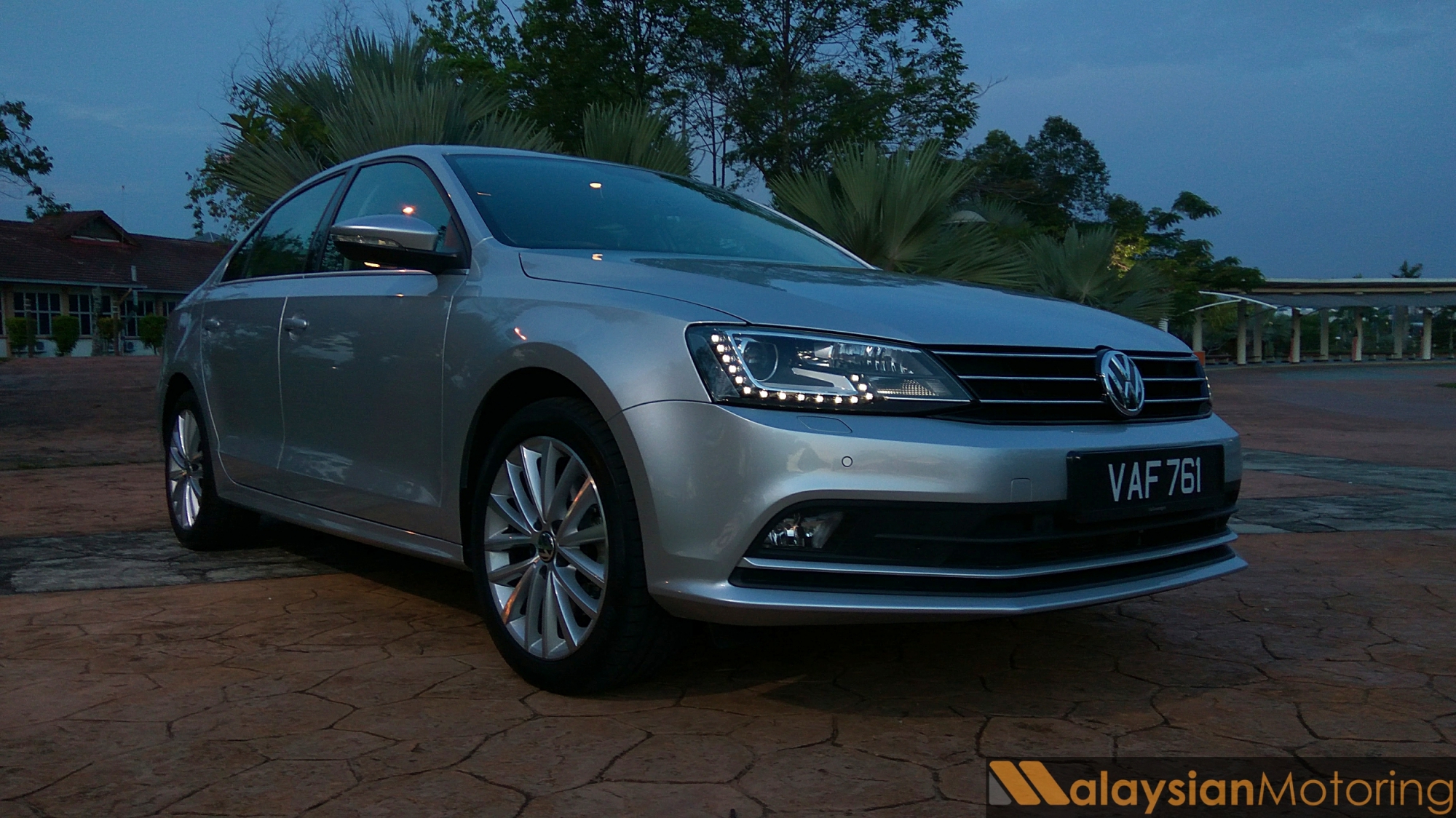When the Volkswagen Jetta first came about, it was a tale of two halves. On one hand, it had a turbocharged engine and a double-clutch gearbox, and offered the mechanical allure of a Golf with double the practicality, and easily outdid its peers insofar as driver involvement was concerned. On the other hand, it was sparsely equipped and priced higher than its competitors, and justified that premium almost entirely with the German badge under the bonnet and the engineering that lay behind it. It was little wonder then that it didn’t gain all too many fans, with its Japanese competitors selling in far greater numbers.
The new management at the helm of Volkswagen knew that they couldn’t rest on their German laurels, and so they took to the Jetta and gave it the most extensive rework they could, which was fairly limited given that the Jetta itself is getting pretty long in the tooth. They added equipment, dropped the price, and split the lineup into two, and we’re pretty sure they’ve been telling their dealers to push the Jetta with as much exuberance as they can (least, that’s what my personal experience has revealed).
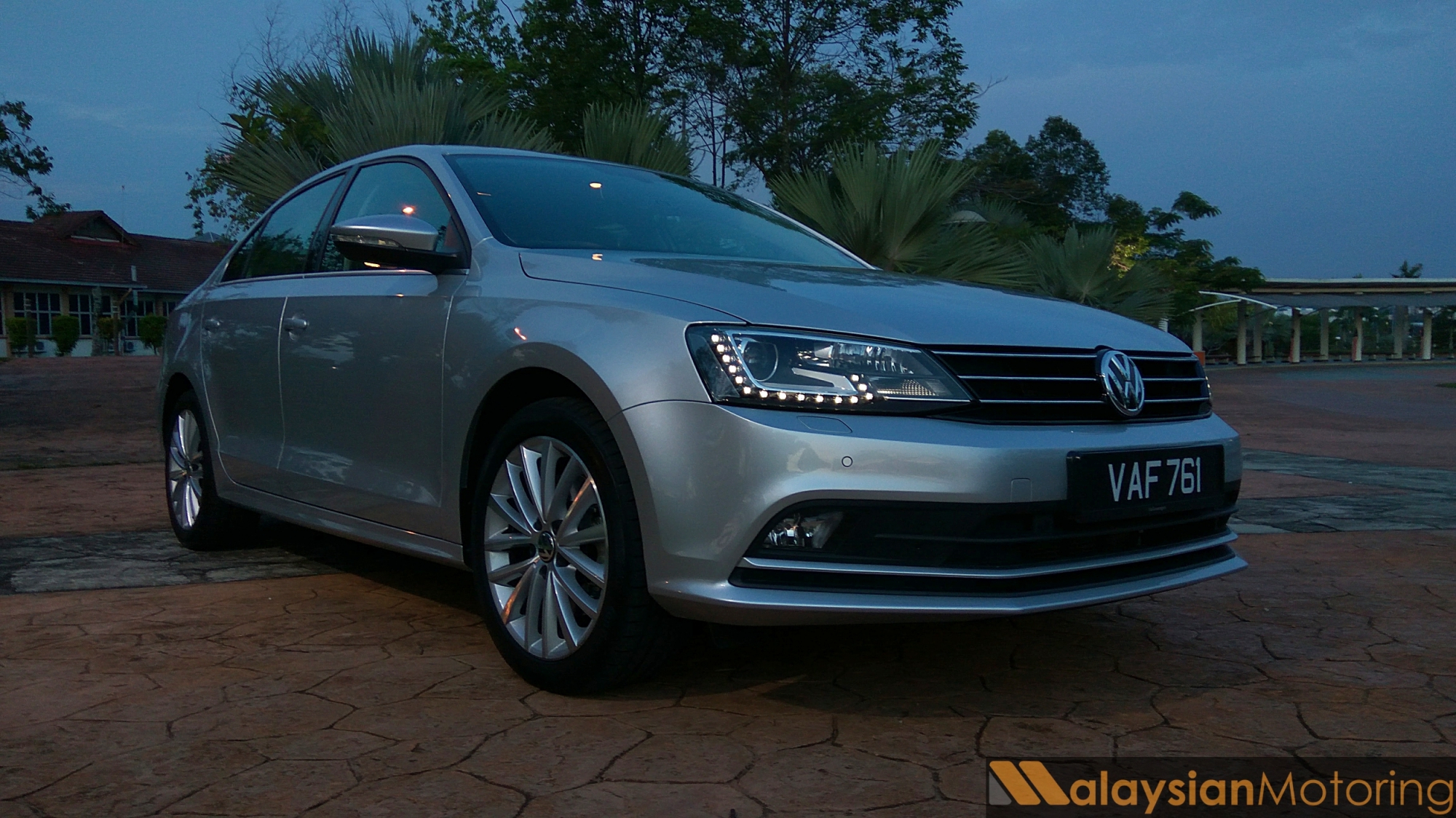
But where the Jetta was once a hard sell, it really isn’t anymore. VPCM has done an excellent job repositioning the Jetta, and had it been this way when it first arrived not that long ago, it would have likely led the segment. Unfortunately, time has not been forgiving to VW’s C-segment saloon, and now it’s not the only forced-induction offering on the market, and its ‘premium’ standing is now being challenged on all fronts.
The Volkswagen Jetta is very much stoic and mature in its appearance, very different from the more expressive and exuberant designs seen from its Japanese and Korean rivals. There’s a certain stability and steadiness to be had from the Jetta’s old-school three-box look, made better only by that design being embellished with new LED headlights and taillights, and sharp-looking alloys. They’re the sort of revisions that would be able to keep the car going a little while longer before a full-model change, and on the Jetta at least, they were revisions that were desperately needed.
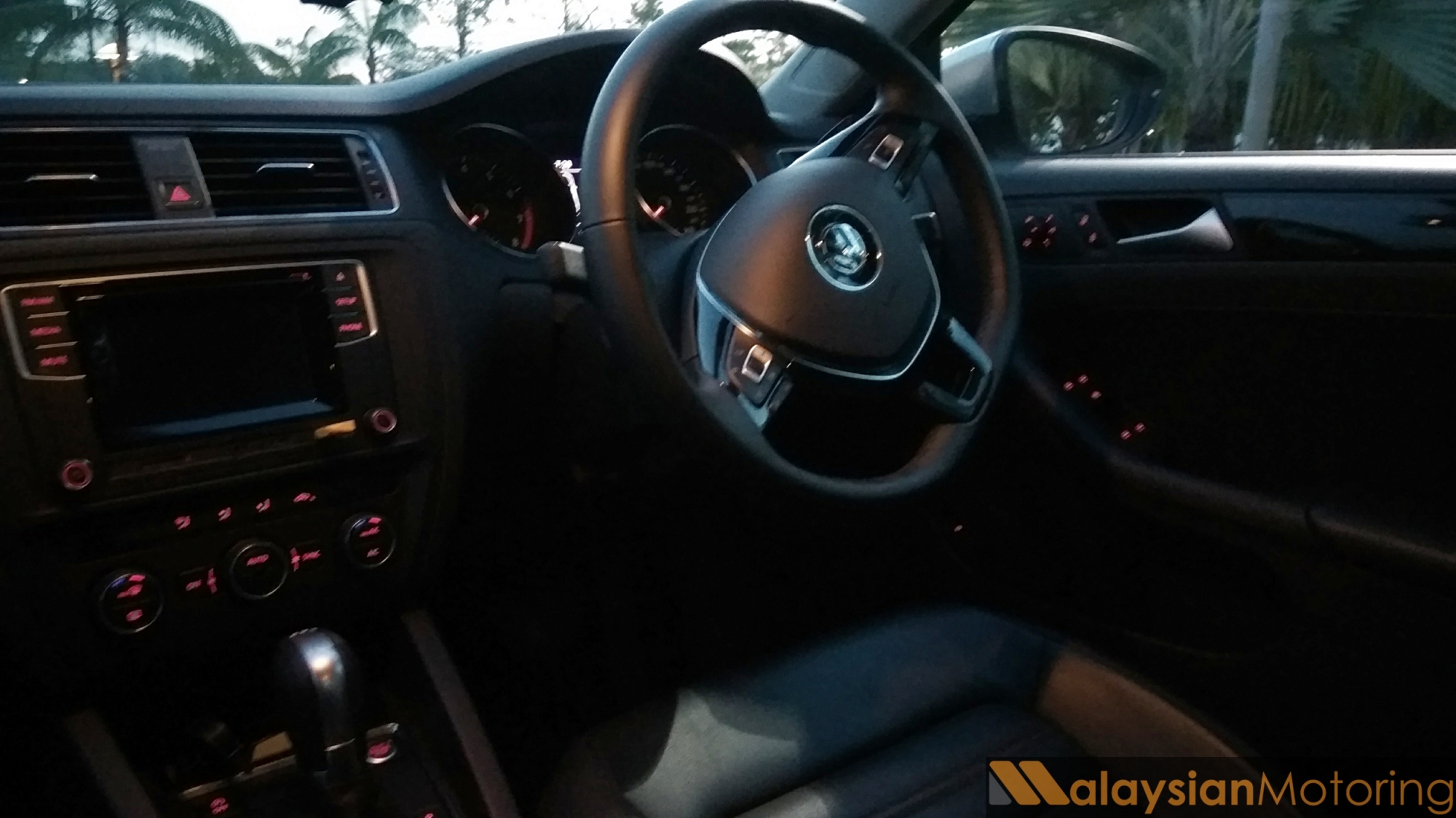
Inside, it’s more of the same, with an upgraded infotainment system among the most obvious changes. The next would be the inclusion of a powered drivers seat, and the cabin is trimmed in leather on the Highline model. The Jetta, in its original form, had neither a touchscreen infotainment unit, or leather, or a powered driver seat, would you believe it. It is no wonder then that the Jetta was favoured almost exclusively by those who saw its value in its powertrain, and were willing to forgive its shortcomings. And the icing on the cake, as it were, comes in the form of wood-esque trim panel inlays, which I’m sure will be liked by some, though I’m certainly no fan.
The comfort on offer is excellent, with supportive seats all round and acres of room. There’s a nice ‘whump’ as you close the doors, alluding to the refinement you can expect ahead. The boot is generous too, with more than enough space for a week’s getaway. Thumbing the start button sees the Jetta come to life, and setting off in downtown KL reveals one of the Jetta’s most obvious foibles. The double-clutch seven-speed gearbox is quick-acting and smooth when on the move, but moving around in a traffic jam reveals a sluggish and jerky operation.
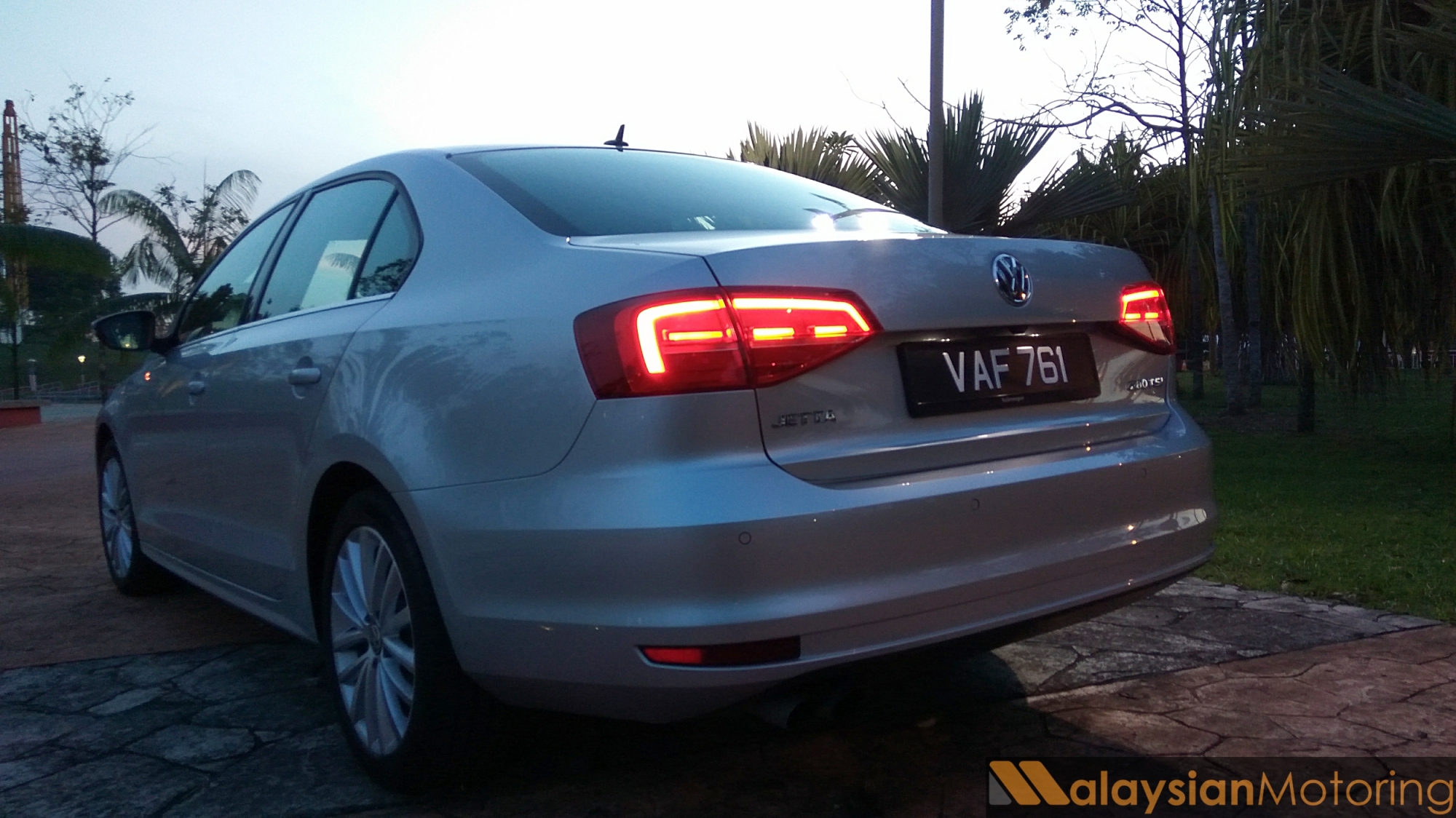
Break free of traffic and the Jetta redeems itself with a quiet, well-damped ride, that offers a degree of stability and sure-footedness that isn’t unlike what you’d find in an Audi. The steering wheel weights up nicely as the speed builds up, but is somewhat lacking in feel around corners. It doesn’t egg you on but it does inspire confidence, in the same way a pair of Clarks shoes make you feel that little bit more confident when faced with long walks through shopping malls.
Passengers won’t complain much, either. Resisting a sloping roofline means that the Jetta’s got plenty of headroom with a large glass area, so claustrophobia won’t be caused by dimly-lit spaces (though the black-on-black interior doesn’t help much). The Jetta’s sculpted seats (only the outer two at the rear) means that there’s support to be had over long journeys, and a wide seat squab (the bottom part of the seat) offers great thigh support, crucial to keep in-laws from wingeing.
The motorway is where the engine under the bonnet really shines. While 1.4-litres in capacity (that’s smaller than a PROTON Iriz), the addition of a turbocharger and a smart gearbox means that it’s always ready to surge ahead for overtakes should you need it to, while the 7-ratios means that it’ll cruise quite comfortably without much effort. This might not be a back-road barnstormer, but the solid performance means that the Jetta stacks up well as a long-distance driving companion. Further underlining its abilities here is its fuel consumption, which never went above 8.0L/100km through its time with us, which saw it cover almost 1,000km over mixed driving conditions (because we don’t believe official fuel figures, from Volkswagen or not).
The commodious boot will leave few wanting, and intelligent tether hooks help keep everything where they should be.
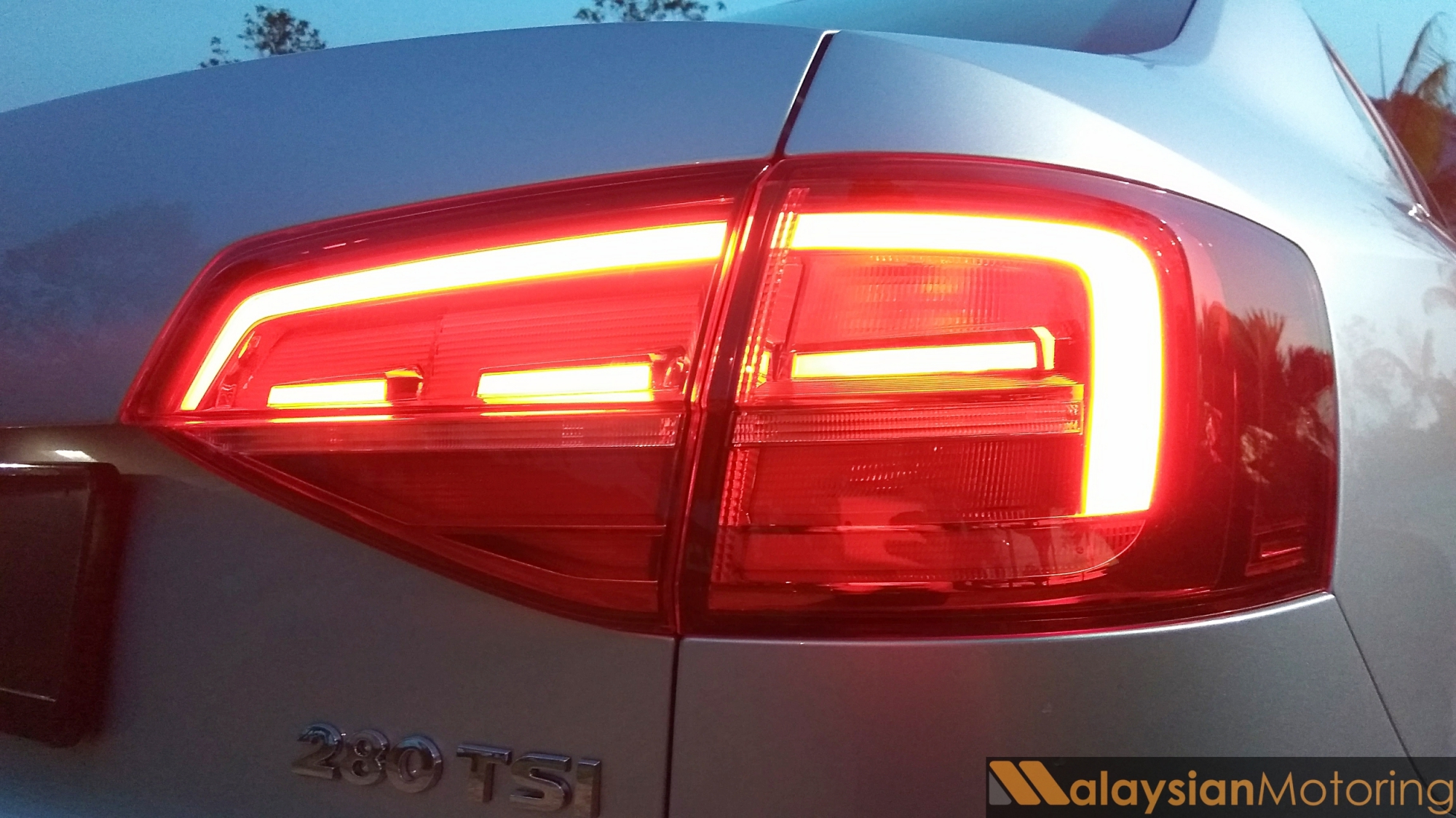
Overall the Jetta gives an impressively-competent performance, but that’s not much of a surprise is it. You wouldn’t expect anything less from something wearing the VW badge, be it the small Polo or the enormous Touareg. With the updated Jetta, it’s competitive price tag will likely lure buyers away from more traditional choices, while buyers hankering after a less radical-looking saloon car will fall for the Jetta’s squared-off design instantly. Couple that with a robust, practical and well-engineered cabin, and you begin to wonder why you don’t see more of the Jetta around.
**The 2017 Volkswagen Jetta is a part of the year-end Sedanza campaign by Volkswagen, offering cash rebates, unbeatable interest rates, and 5-years servicing on top of the 5-years unlimited-mileage warranty and mobility promise already handed out for new Volkswagens. So what are you waiting for?
Fiddly and oddly-placed, these screens are disappointing at best, and their usage can be tricky.
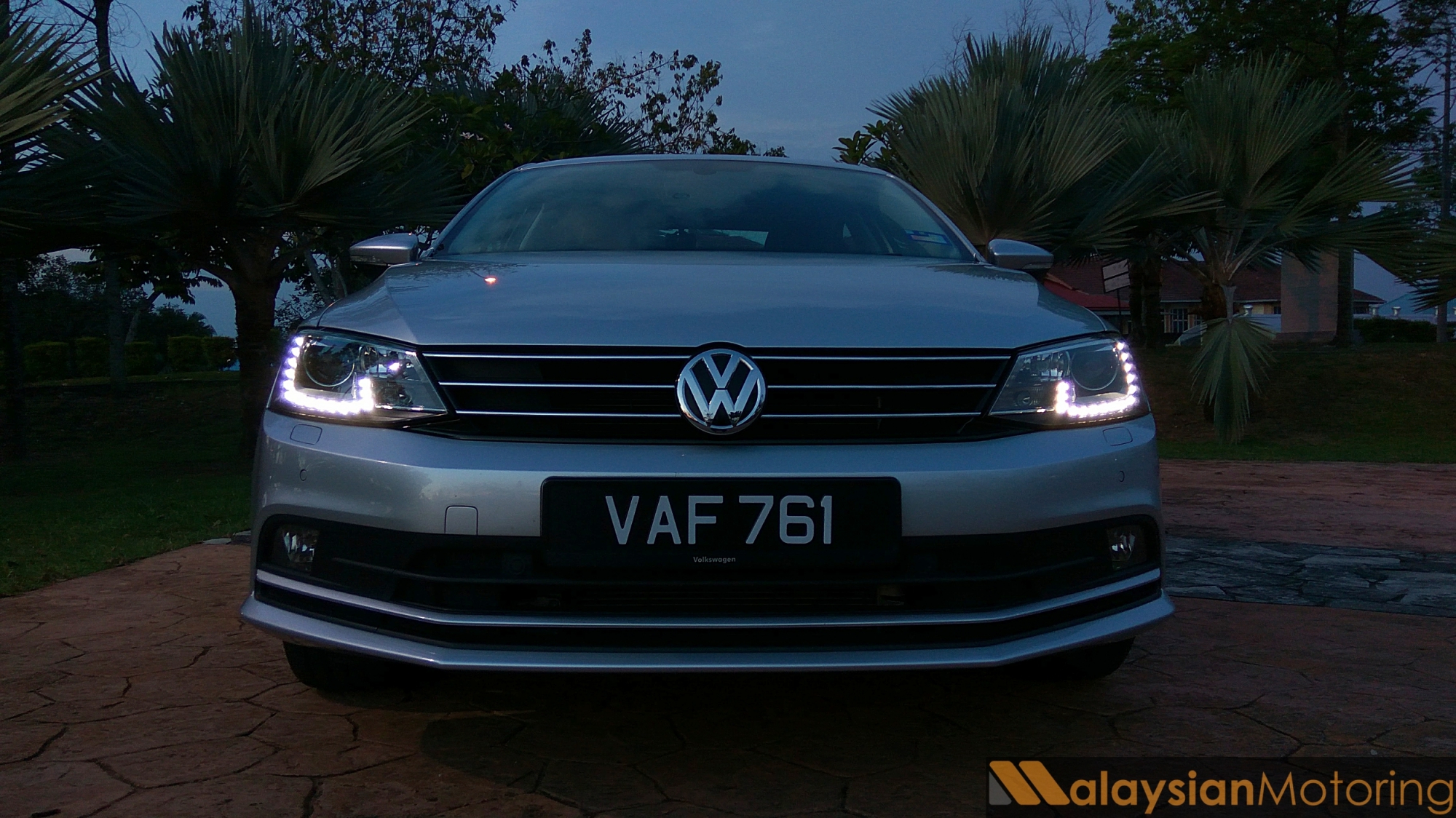
Volkswagen Jetta 1.4TSI Highline — RM128,990 as tested
- 1,395cc four-cylinder BlueMotion turbo-petrol
- 7-speed double-clutch automatic gearbox
- 148hp, 250Nm
- Leather interior
- Push start
- LED headlights & DRLs
- Powered drivers seat
- Electronic safety gadgetry
- Colour touchscreen multimedia system
- 17-inch alloys
- Competes with the Honda Civic, Toyota Corolla Altis, Mazda 3 saloon, Hyundai Elantra, and Kia Cerato
The Pros
- Mature, no-nonsense appearance.
- Excellent refinement.
- Controlled & confident ride.
- Very efficient.
The Cons
- Gearbox is jerky at town speeds.
- Cabin isn’t exactly inspiring.
- Start/Stop button is unusually small.
- No power-operated passenger seat.
Finally, the German contender gets its act together

Aiman Abdullah
The driving force behind MM, you will very rarely find Aiman doing something that isn’t testing a car, writing about a car, researching a car, or trying to buy a car.
It‘s a wonder how he isn’t living in one.


